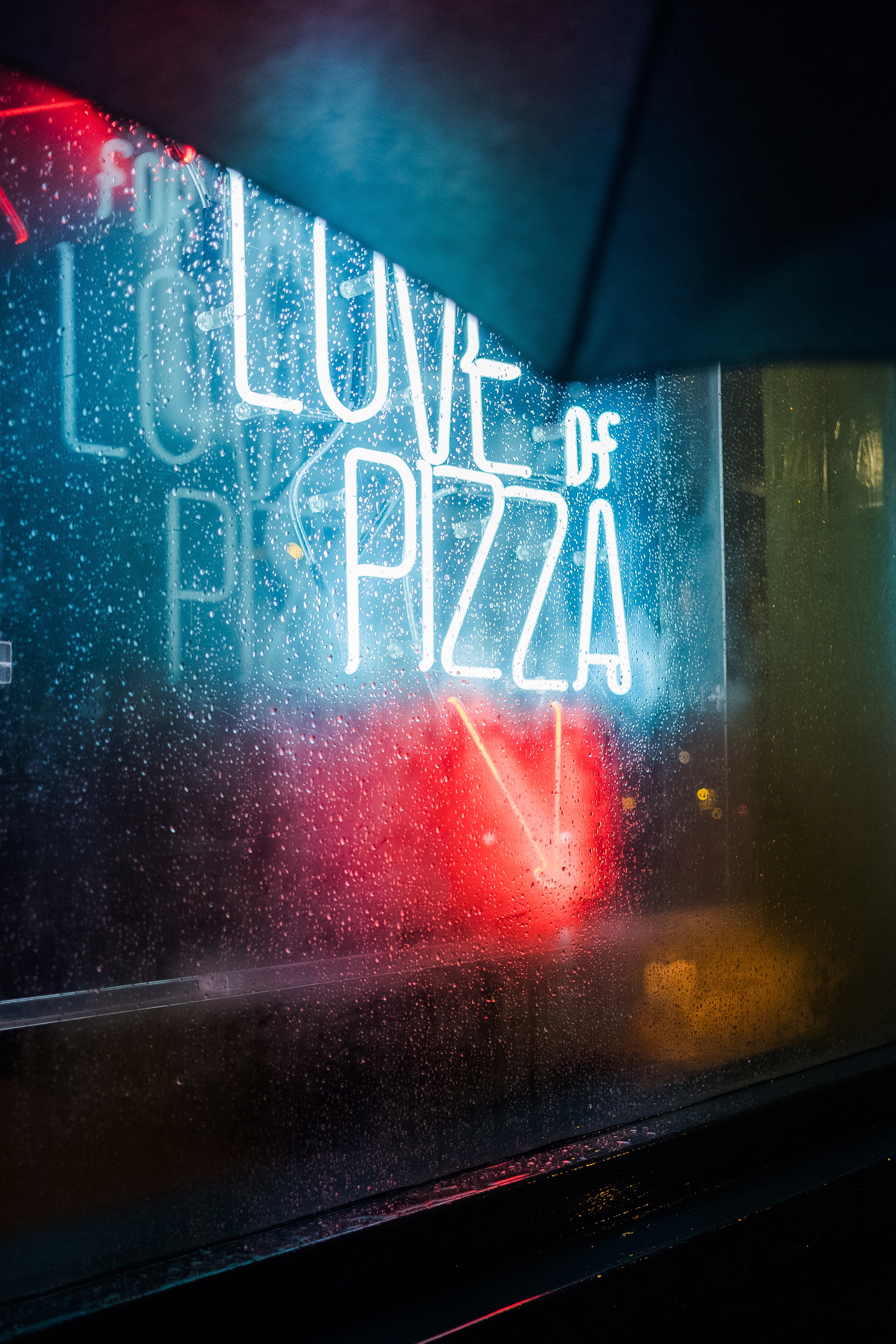
Domino’s Pizza was in the spotlight of the Wall Street Journal the other day. It was a front page story on the success of the Domino’s mobile app allowing you to track your order from start to delivery.
Over 480,000 people have left reviews on the Apple app store giving it 4.8 stars out of 5.
In the modern world, we continue to have more and more options for things like coffee, rides to the airport, clothes, and pizza. And as we get more and more options, they just become noise.
Domino’s though has been successful at breaking through with a signal. Why?
There are two very big lessons to take from the pizza chain and one potential pitfall.
Open Up
Giselle Auger, an assistant professor at Rhode Island College, involved 290 participants in a study on the effect of transparent organizations. It probably doesn’t shock you that the more transparent these organizations were to the outside world, the more people were willing to do business with them.
One reason the Domino’s app works so well is it opens up a process of their business that used to be closed. Before you’d wait at home hungry, wondering when food might arrive. Now you might at least have some satisfaction knowing it’s being made or on the way. It’s transparent. We know what’s going on. It establishes trust. And we tell others how great it is.
I’ve taken this lesson about opening up very seriously. I now host a YouTube Channel where I share a video every single day. Sometimes it’s just answering questions on how we run our business, design software, write articles, or make decisions. And other days it’s more about how hard it is for me to balance life and work. You’re likely to find us nursing a sick toddler (who might be throwing up in the background), so we can all get back to sleep.
Make Connections
Speaking of tired parents, Domino’s just launched a baby registry so that friends and family of new parents can get them something they so very much need — easy, convenient food. It’s tough cooking while exhausted from keeping a newborn alive.
Crazy experiment? Not really. Domino’s launched a wedding registry earlier this year that went very well.
Where most companies are out trying to automate offers and emails to the largest number of buyers they can find, Domino’s is trying to connect with customers during the most important events in their lives. Their wedding. Their kid’s birth.
This is another lesson we strive to mimic at Highrise. Instead of sending bulk robo template emails to new customers welcoming them to our product, I personalize the email every single day. Even if there’s just a little something in there about my weekend or current day when my kid is home sick, it results in tons of replies back with well wishes or consolations about another terrible Chicago Bears loss. 🙂 And best of all, sometimes it results in a customer opening up right back.
We also lookup new customers and record an individual welcome video through a tool called Bonjoro. It obviously doesn’t scale well to do this with thousands of new customers. But we do as many as we can because the connection we make can’t be beat.
I can't believe this is real. This is the most incredible onboarding I've ever seen from @highrise https://t.co/WEllIAgkGj
— Nate Berkopec (@nateberkopec) May 5, 2017
As I write this, however, I’m inspired to do so much more at Highrise to address these same things Domino’s has. Internally here at Highrise, the team has used our own product (a simple CRM) to organize weddings and baby showers. Celebrating these events better with our customers would be a fun connection.
Great Responsibility…
The WSJ coverage of Domino’s this week though hasn’t all been roses. The title after all was “Domino’s Tracking App Tells You Who Made Your Pizza — Or Does It?”
It included a story of a guy tracking his pizza order with Domino’s. The app displayed that Melinda was delivering his pizza. When he answered the door to receive his pizza from Melinda, the delivery driver definitely wasn’t Melinda.
So what? Maybe there was a bug in the app. Maybe the drivers switched orders. Maybe Melinda is just some clever little ruse of the app that was finally uncovered. Does it really matter?
In that same article, another Domino’s customer, Alecia Smith from North Carolina describes a time the Domino’s tracking app told her the pizza was on its way. Knowing where the pizza was coming from it should have taken 20 minutes to arrive. It took over 50.
But it wasn’t that the pizza took an extra 30 minutes. She was concerned because the pizza was still piping hot as if it really hadn’t been made over 50 minutes ago. Had the app lied? Alecia described this experience as “traumatic”.
Once you starting developing this trust with your customers and creating these more human connections, the result of breaking them is well… more human.
It’s one thing when an app crashes on you on your phone. It’s another when people feel betrayed and manipulated.
Trust and connection still occur too seldomly between organizations and customers. When established, the results are incredible and they feel good on both sides. But if you fake these elements, it’ll bite you when it’s uncovered. And given the internet’s world wide web of amateur sleuthing and sharing, you should assume: it’s always uncovered.
P.S. You should follow me on YouTube: youtube.com/nathankontny where I share more about how we run our business, do product design, market ourselves, and just get through life. And if you need a zero-learning-curve system to track leads and manage follow-ups, try Highrise.


